Starting New Adventures with the ARES Gold and Metal Detector
Thrilled by the crisp morning air, Mike and I powered up our ARES Gold and Metal Detector, excited for what treasures the day might hold. As I adjusted the settings, setting up the long range search system and tuning into the perfect sensitivity, the echo of past family outings with our trusted detectors filled my mind. These adventures, searching through historic sites and occasionally stumbling upon forgotten relics, have not only taught us the finer points of metal detecting but also deepened our bond. Today, equipped with this innovative technology, I felt a fresh surge of excitement for uncovering hidden stories buried deep below.
Unveiling the Basics: Setting Up Your ARES Metal Detector
Embarking on a treasure hunting adventure begins with a solid foundation, and setting up your ARES Gold and Metal Detector is the first critical step. As a seasoned enthusiast, I’ve found the initial setup to be as thrilling as the hunt itself. The process begins by powering up the device—a simple yet crucial action. Ensuring the time, date, and language are correctly set facilitates a smoother experience, especially when you’re knee-deep in the field. Metal Detectors need to be attuned to the specific conditions of the search area, and with ARES, you tailor the detection modes according to the soil type and desired target depth. This bespoke adjustment is essential for minimizing false signals and maximizing the chances of discovering something truly valuable.
Turning on the ARES device, I am greeted with a user-friendly interface that boasts icons for various settings. I select the long-range search system, geared up for a day of exploration. Optimizing the device before a hunt plays a part in the treasure hunting narrative, setting the stage for what might come next. Each beep and signal could be a call to a hidden relic or a forgotten piece of history. Engaging with these settings not only prepares the equipment but also the spirit of every treasure hunter.
Advanced Features Expelored: Long Range Search and EFM Systems
Delving deeper into the capabilities of the ARES Gold and Metal Detector, its advanced features like the Long Range Search (LRS) and Electro-Magnetic Field (EFM) systems stand out. The LRS system, particularly, is a beacon for serious treasure hunters. By connecting the specialized antennas and choosing my target, the device transforms into a powerful tool that sees beyond the naked eye. The ground radar scans expansively, picking up signals that ordinary detectors might miss, and presenting opportunities for discoveries that are not just accidental but targeted.
The real game-changer, however, is the EFM system which meticulously calibrates to local conditions. Whether it’s a manual fine-tuning or an automatic adjustment, each step ensures that the device is in perfect harmony with the environment. This precision is particularly crucial when hunting on varied terrains or in search of specific types of metals. Gold Detectors category in our shop offers devices that specialize in this precise form of detection, ensuring that every signal and sound translates to potential treasure. With these advanced settings dialed in, the ARES detector is not just a tool, but a gateway to uncovering the earth’s hidden gems, each beep a thrilling promise of potential riches.
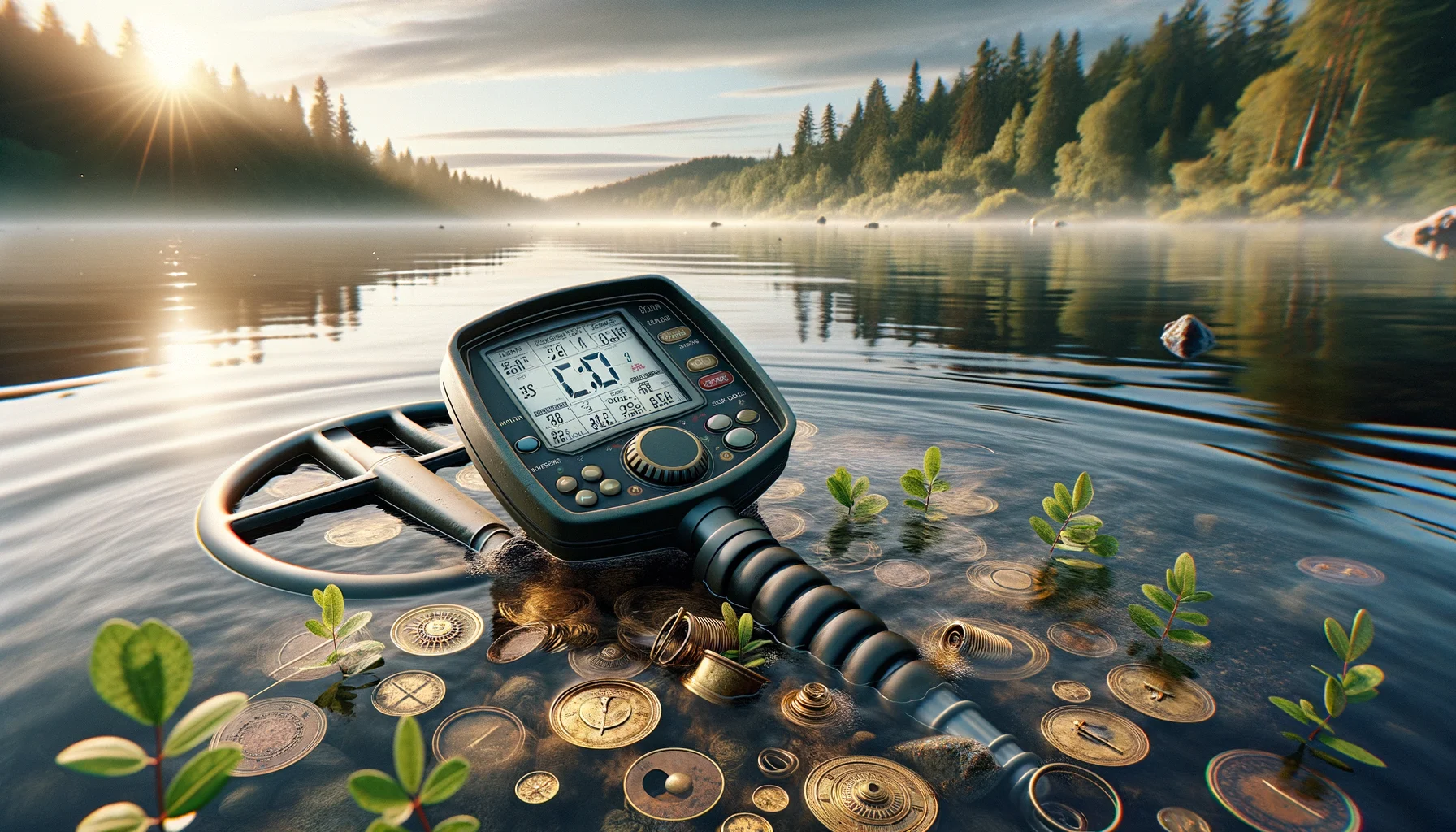
Practical Tips: Enhancing Your Metal Detecting Technique
Every treasure hunter knows the value of fine-tuning their techniques, and with the ARES Gold and Metal Detector, precision becomes second nature. As I adjusted the settings tailored to the sandy soils of a historic battlefield, the lessons from my countless expeditions came in handy. First, understanding your device’s sensitivity settings can significantly affect your search success. Optimal sensitivity could mean the difference between finding a deeply buried relic and walking over it. Coupled with the ARES’s ability to neutralize undesirable iron sounds, I found myself unearthing artifacts that had likely been passed over by others.
Another crucial aspect is mastering the long-range search capabilities. During a recent expedition with fellow enthusiasts, using the ARES’s LRS feature helped us locate a cache of coins dating back to the early 1900s, which was a thrilling discovery! By calibrating the frequency to match the specific soil type and maintaining a steady pace, the signals grew stronger, guiding us right over the buried treasures. It’s these moments of triumph that remind me why I cherish metal detecting so much.
From Casual Fun to Professional Finds: The Versatility of the ARES Gold Detector
The ARES Gold and Metal Detector is not just for seasoned pros; its ease of use makes it perfect for anyone interested in embarking on their treasure hunting journey. Whether it’s a weekend outing with the family at a local beach or taking a more systematic approach to historical research, the ARES adapts effortlessly. On a lighter adventure with my kids at the beach, the excitement on their faces as they heard the detector beep with the promise of something below the sand, was simply priceless. These family-friendly features not only make it accessible but ensure everyone’s engagement in the discovery process.
For the professional treasure hunter, the versatile settings of the ARES – like its EFM system which is essential for identifying and categorizing targets under complex ground conditions – prove indispensable. Just last month, while researching an old trading route, the ARES helped differentiate between ferrous and non-ferrous metals, allowing us to map and save coordinates for significant findings. This level of detail provides invaluable data that aids not just in hunting but in historical preservation as well. The professional applications are as limitless as the terrains it can conquer.
| Product Name | Features | Pros | Cons | Categories |
|---|---|---|---|---|
| ARES Gold Metal Detector |
|
|
|
|

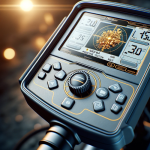
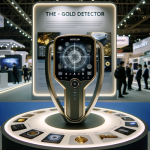



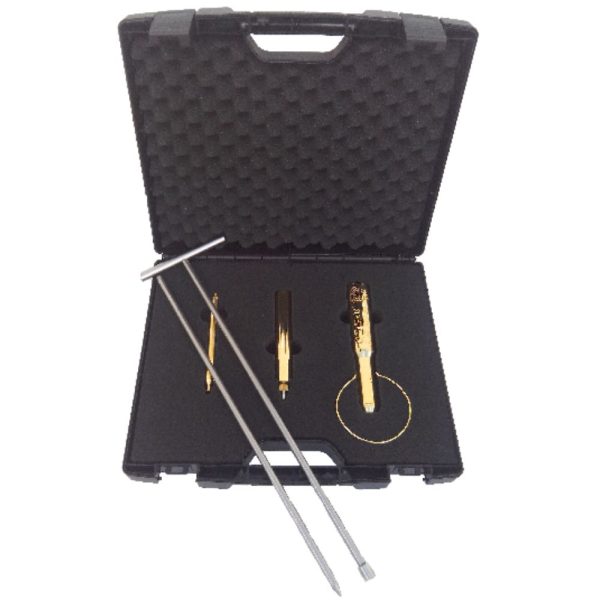
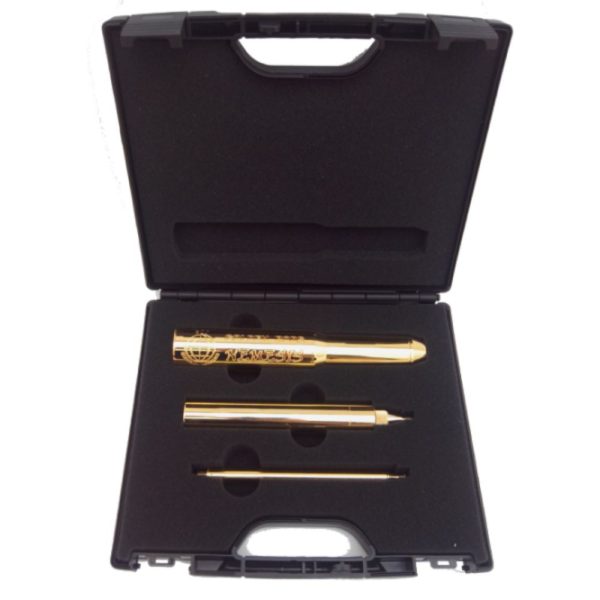
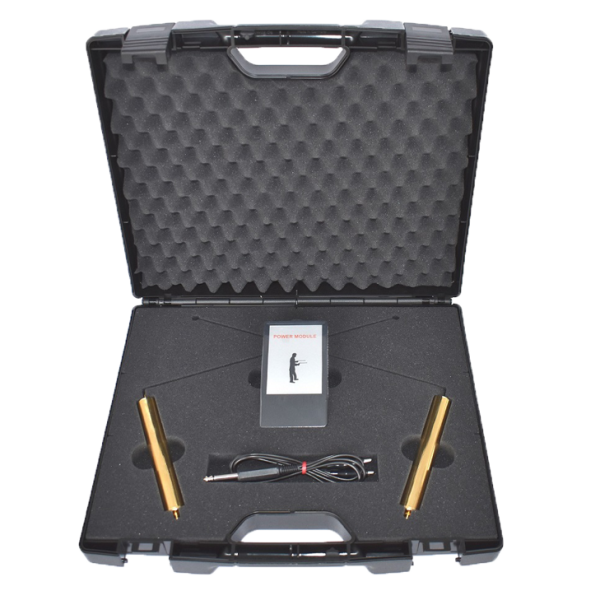


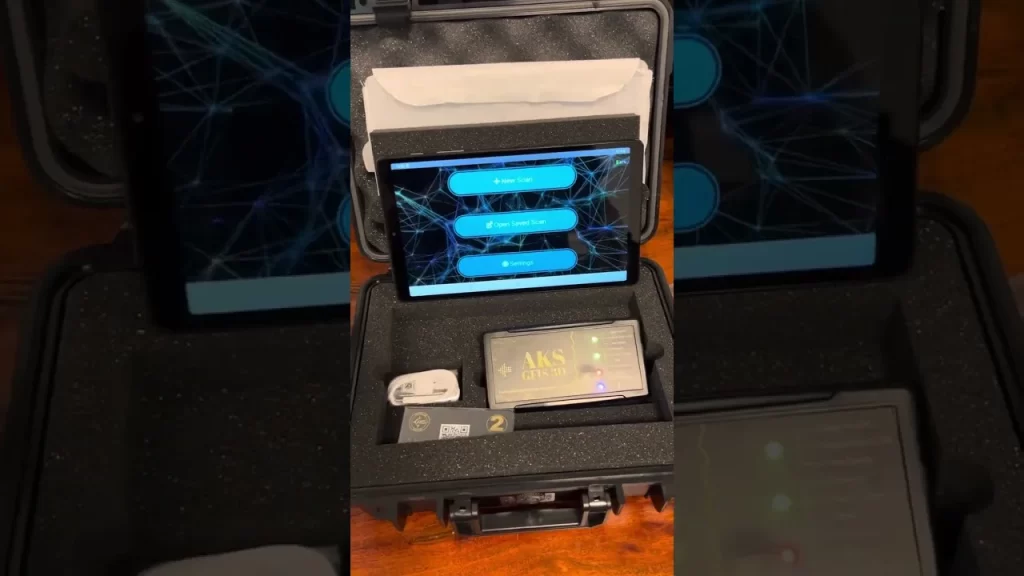
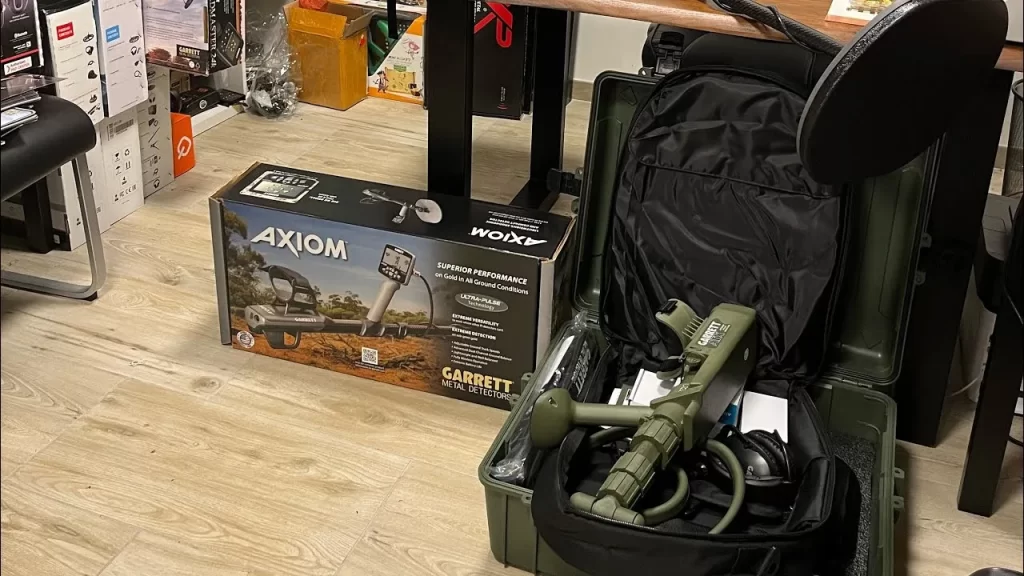
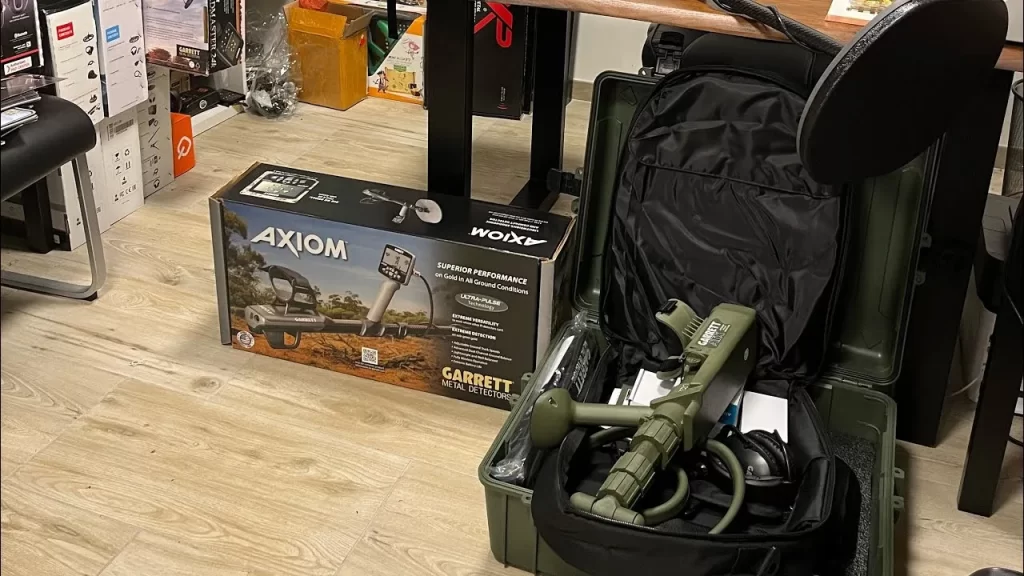
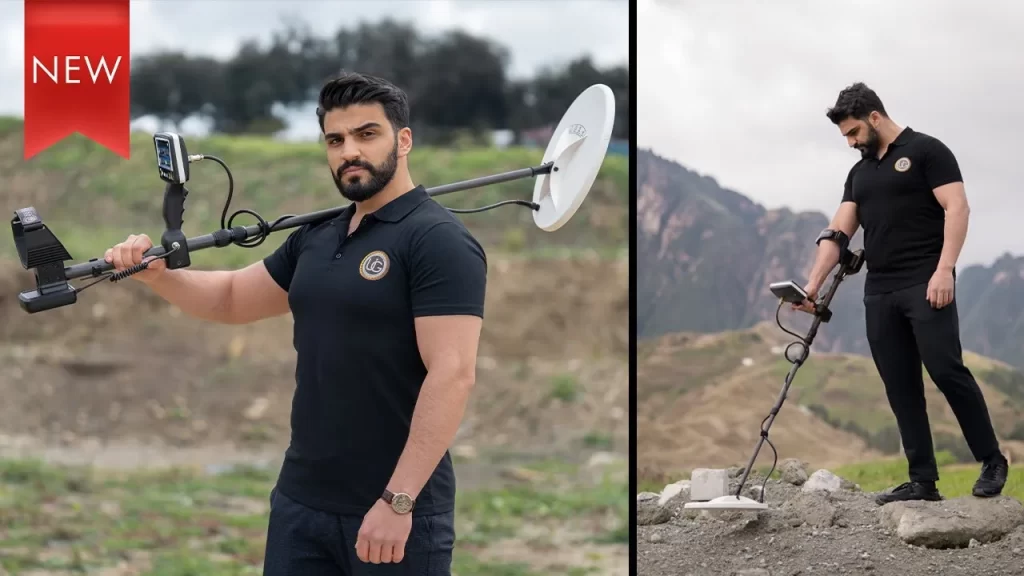

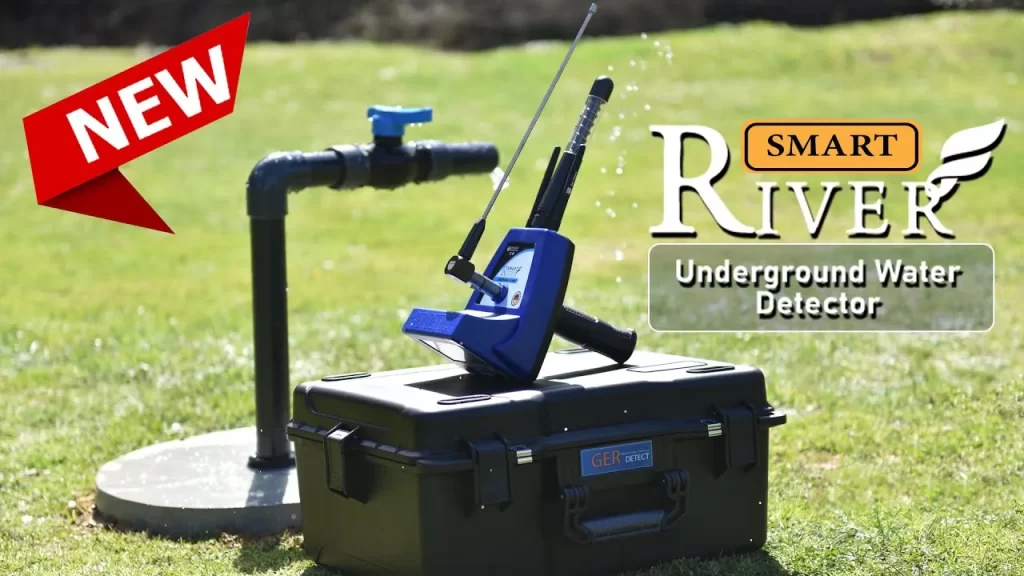

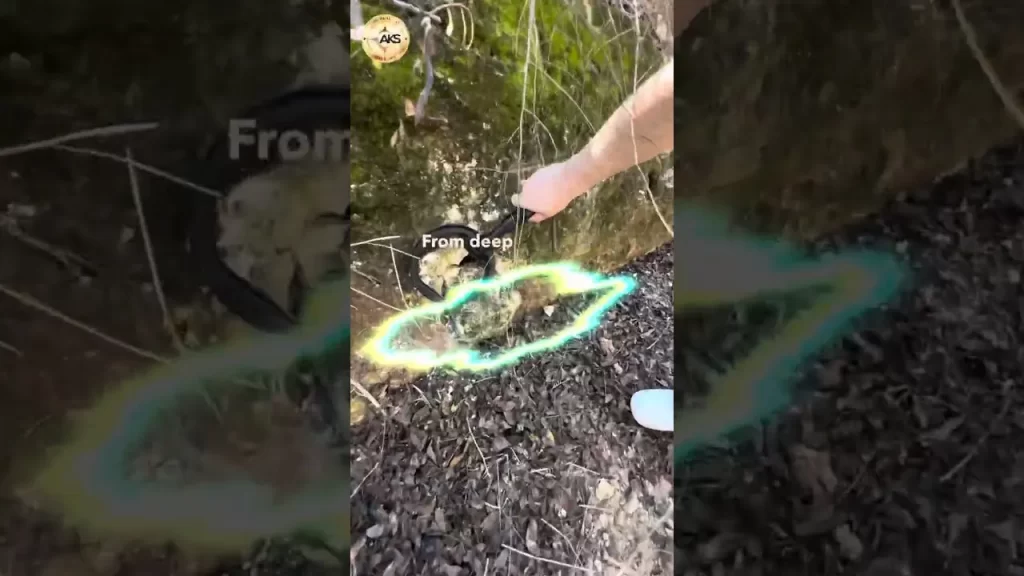

0 Comments